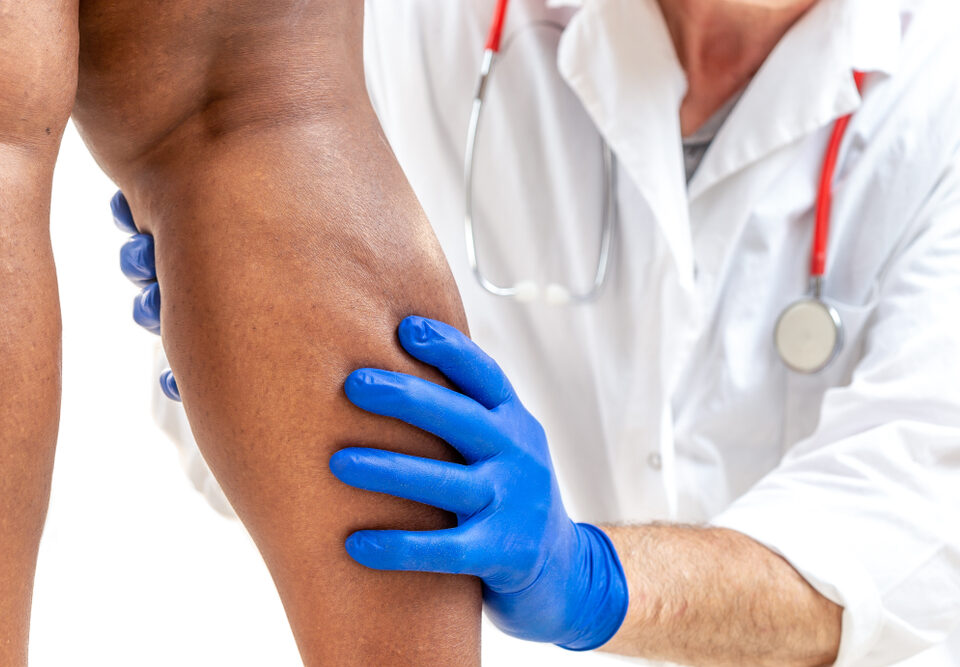
Age Spots Frequently Asked Questions
March 12, 2019
Deep Vein Thrombosis: Best Diagnosis and Treatment Options
March 12, 2019Superficial Reflux Disease Maryland
Many people recognize varicose veins as a cosmetic concern that can cause self-consciousness about wearing shorts, skirts, or dresses. However, they can also be symptomatic of a more serious condition – superficial reflux disease.
For patients that are experiencing varicose veins and accompanying issues, further evaluation with a venous ultrasound study may be recommended.
Continue reading to learn common symptoms of superficial reflux disease in Maryland, that may require the attention of a vascular specialist.
What Are Common Symptoms of Superficial Reflux Disease?
Varicose Veins
Increased vascular pressure can cause veins to become enlarged with a ropelike appearance and blue or purple color. This occurs when vein dilation prevents valve cusps from properly closing and result in reflux.
Or, a damaged or diseased valve could be responsible for allowing blood to flow back to legs and lower extremities and cause dilation of the vein.
What’s more, when valve failure increases pressure, it can disrupt the functioning of other valves and further complicate the problem.
Edema and Swelling of Extremities
Edema and leg or ankle swelling with/without skin color and textural changes are also common symptoms of superficial reflux disease in Maryland.
In fact, when venous hypertension pushes fluid into lymphatic and interstitial spaces, it produces edema and possible changes in the skin.
Patients may also experience leg pain and discomfort because of nerve involvement.
Venous Leg Ulcers
Open wounds in the skin are one of the most severe symptoms of superficial reflux disease in Maryland and signify advanced stages of venous insufficiency.
These leg ulcers present when venous hypertension and reflux interfere with microcirculation in skin and enable degradation of tissue.
Want to Learn More About Common Symptoms of Superficial Reflux Disease?
Contact the Vein Center of Maryland today and schedule a comprehensive consultation with one of our highly skilled and experienced vein specialists.



